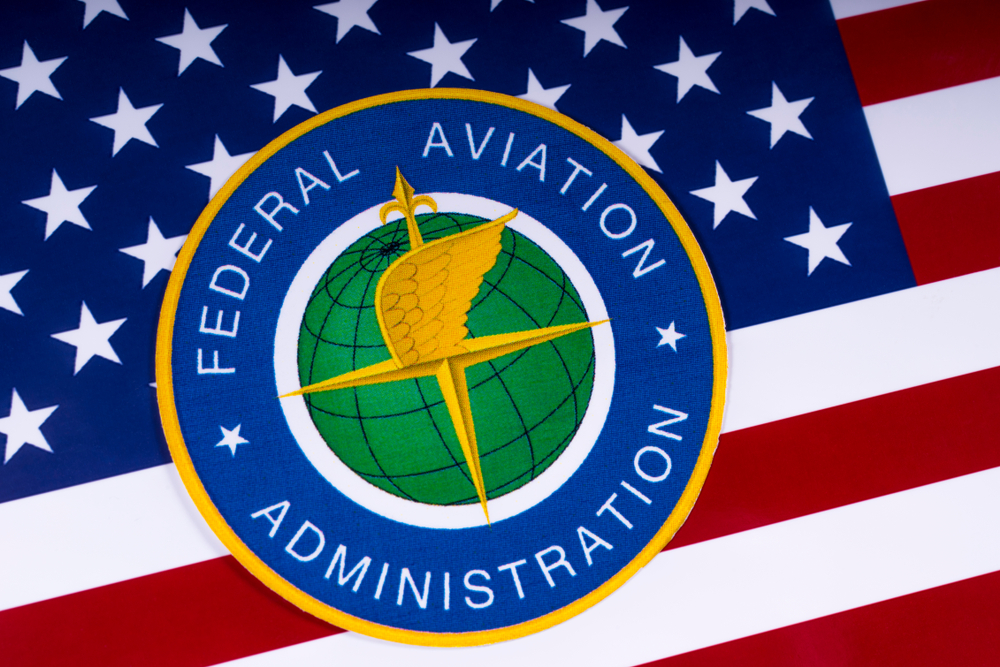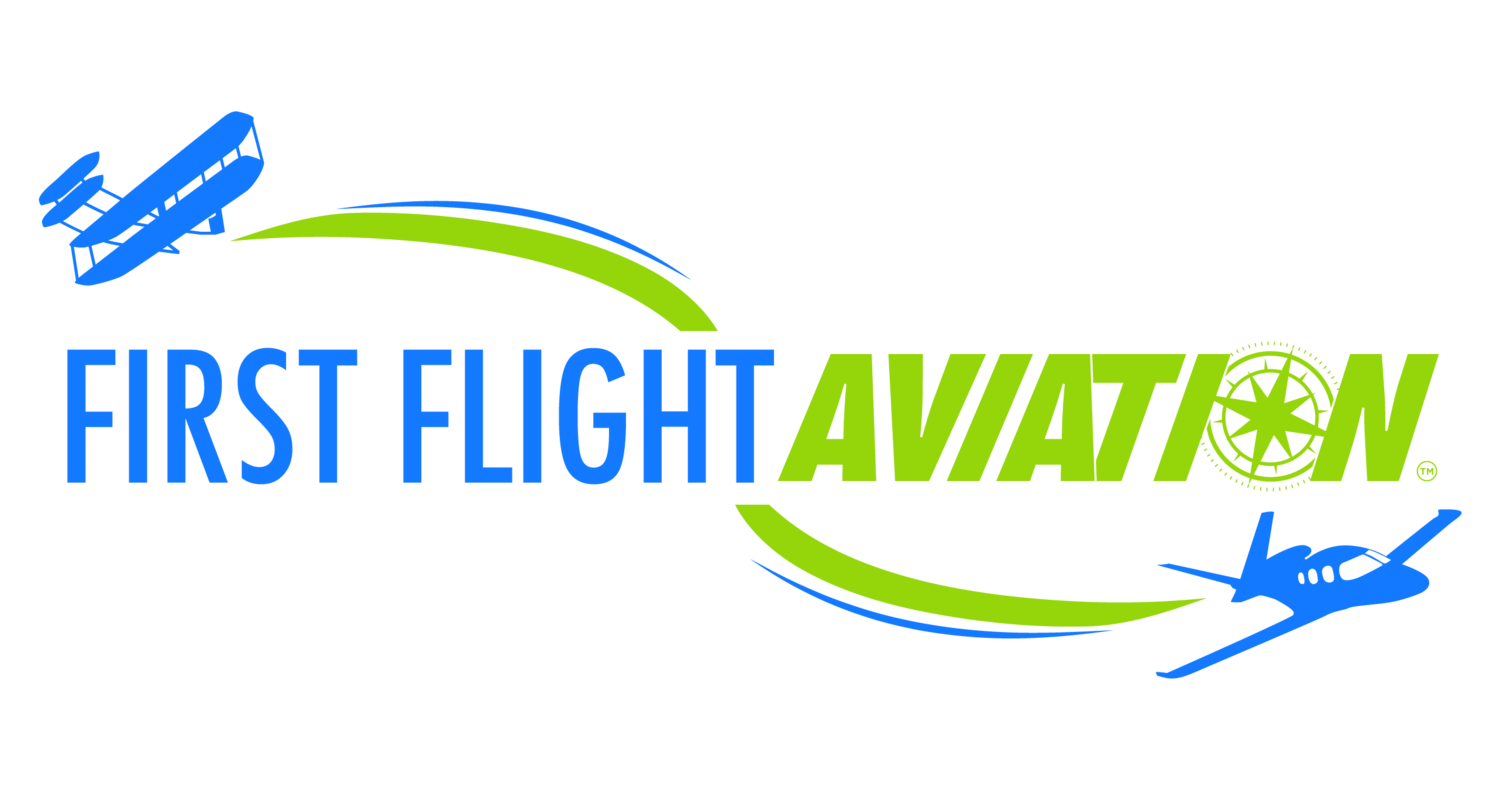
Reduced Vertical Separation Minimum (RVSM) certification is a crucial process for aircraft operators who intend to fly between FL290 and FL410. In RVSM airspace, aircraft are allowed vertical separation of only 1,000 feet instead of the standard 2,000 feet, enhancing airspace efficiency and increasing traffic capacity. However, to ensure flight safety, aircraft and operators must demonstrate compliance with strict technical and operational standards. Below is a comprehensive, step-by-step guide to obtaining RVSM certification in the United States, focusing on the Federal Aviation Administration (FAA) process.
Step 1: Certifiable Aircraft
The foundation of RVSM certification begins with the aircraft itself. Not all aircraft are eligible or pre-approved for RVSM operations. To operate in RVSM airspace, your aircraft must be RVSM-capable, which means it is equipped with systems that meet the performance standards for maintaining accurate altitude—most notably, dual independent altitude measurement systems, autopilot with altitude hold mode, and altitude alerting systems.
Many newer aircraft come from the manufacturer with RVSM capability built-in and already certified. If your aircraft is already on the FAA’s list of RVSM-compliant aircraft (under the provisions of FAA Order 8400.13), you can skip some of the more complex approval processes. If not, the aircraft will need to undergo a more detailed evaluation, including potential equipment upgrades and inspections to meet the performance criteria for altimetry and autopilot functions. It is critical at this stage to work closely with a maintenance provider or avionics shop familiar with RVSM requirements to ensure your aircraft systems are compliant.
Step 2: RVSM Manual and FAA Application
Once you’ve confirmed your aircraft is capable of RVSM operations, the next step is to develop the necessary documentation and submit your application to the FAA. This involves preparing an RVSM Operations Manual, which outlines your policies, procedures, and maintenance programs for ensuring continued compliance with RVSM regulations. The manual should detail topics such as altimetry system checks, procedures for entering and exiting RVSM airspace, maintenance standards, and contingency plans for equipment failures in flight.
Alongside the manual, you will need to complete and submit FAA Form 8400-91, also known as the “RVSM Application Package.” This form includes information on the aircraft, the operator, and the proposed operations. If you’re a Part 91 operator, the process is generally simpler compared to Part 135 or 121 operators who have commercial obligations. It’s important to note that the FAA expects operators to demonstrate both technical and operational readiness. Therefore, your submission must be comprehensive and accurate.
In some cases, particularly for corporate or private operators without an extensive flight department, it may be beneficial to hire a consultant who specializes in RVSM approvals. These professionals can assist in crafting a compliant manual, organizing the necessary records, and ensuring your application meets all FAA expectations.
Step 3: Pilot Training
Pilot proficiency is a key element of RVSM compliance. The FAA requires that all pilots operating in RVSM airspace complete specific training that covers RVSM airspace structure, altitude-keeping performance requirements, failure procedures, and standard operating protocols. The training typically includes both theoretical and practical components.
Operators must provide documented evidence that their flight crews have undergone RVSM training. This may be fulfilled through in-house training programs (if properly approved and documented), third-party training providers, or simulator sessions with an emphasis on RVSM-specific procedures. Pilots should be trained to recognize and respond to system failures such as autopilot disengagement, erroneous altimeter readings, or altitude deviations.
This training must be recorded in the pilot’s logbook or company training records and updated as required, especially if there are changes in procedures, regulations, or equipment. The FAA may request to review training records as part of the application process, so it’s essential to maintain clear and up-to-date documentation.
Step 4: FAA Review
After submitting your application, including the RVSM Manual, FAA Form 8400-91, and proof of pilot training, the FAA will begin its review process. This stage can take several weeks, depending on your Flight Standards District Office (FSDO) and the completeness of your submission.
During the review, the FAA evaluates the aircraft’s equipment compliance, pilot training records, and the operator’s procedures as documented in the RVSM manual. If there are deficiencies in any part of the application, the FAA may request additional information or revisions before proceeding further. This is why accuracy and thoroughness during the initial submission are crucial.
You may also be subject to an inspection of your aircraft by FAA personnel to confirm that the installed equipment matches what was declared in the application and that maintenance and calibration records are current. The FAA may also interview pilots or operational personnel to assess readiness.
The goal of this review is to ensure that your operation does not pose a safety risk to other aircraft in RVSM airspace. Therefore, operators should treat this phase with the utmost seriousness and be prepared to promptly address any FAA concerns or questions.
Step 5: FAA Approval
Upon satisfactory review of all submitted materials and verification of the aircraft’s airworthiness, the FAA will issue an RVSM Letter of Authorization (LOA) for Part 91 operators or an OpSpec/MSpec authorization for commercial operators. This approval serves as official confirmation that the aircraft and operator are authorized to conduct flights within RVSM airspace.
The LOA includes information such as the tail number of the aircraft, the approved RVSM equipment configuration, and operational restrictions or limitations, if any. Operators should carry a copy of this authorization on board the aircraft during RVSM operations, as it may be requested by air traffic control or regulatory authorities, especially when flying internationally.
This document also becomes a key part of your operational records and must be maintained and referenced during future compliance checks or audits. If you make significant changes to your aircraft’s avionics systems, change your operational base, or acquire new aircraft, a new application may be required, and your LOA may need to be updated accordingly.
Step 6: Height Monitoring Flight
Even after obtaining FAA authorization, an RVSM-approved operator must undergo periodic height monitoring to verify continued altitude-keeping performance. The FAA uses this data to validate the accuracy of aircraft systems in real-world operational environments.
Height monitoring can be accomplished in one of two ways. The first is through a GPS-based Monitoring Unit (GMU), which is temporarily installed in the aircraft and records altitude data during a regular flight. The second is via ground-based stations such as the North American Height Monitoring Unit (NAHMU) that use radar and other systems to capture altitude performance data when flying through designated airspace.
For U.S. operators, the first height monitoring flight must occur within six months of receiving RVSM authorization, unless the aircraft has previously been monitored or is covered under a group-approved program. Failure to complete height monitoring in a timely manner can lead to revocation of RVSM privileges.
Once the height monitoring data has been successfully collected and evaluated, the results are typically shared with both the FAA and the operator. If issues are found, corrective action must be taken before RVSM operations can resume or continue.
Step 7: Continuing Compliance
Obtaining RVSM certification is not a one-time event. Continued authorization depends on ongoing compliance with FAA regulations and performance standards. This includes maintaining the aircraft’s RVSM equipment according to manufacturer guidelines and ensuring all required inspections and calibrations are performed on schedule.
Operators must also keep their pilot training current. Any changes in operational procedures, equipment upgrades, or crew composition may necessitate refresher training or amendments to the RVSM manual. Additionally, the FAA may periodically audit RVSM-approved operators to verify compliance, especially if operational anomalies are reported or if random surveillance uncovers discrepancies.
If the aircraft is sold, the LOA does not automatically transfer to the new owner. The new operator must submit their own application for RVSM approval. Similarly, if an operator adds a new aircraft to their fleet, that aircraft must be individually certified or covered under a fleet-wide approval, depending on the structure of the operator’s RVSM authorization.
Proper recordkeeping is essential for staying compliant. Operators should maintain logs of all maintenance related to RVSM systems, pilot training records, monitoring flight data, and a current version of the RVSM manual. Being proactive in these areas not only ensures regulatory compliance but also enhances operational safety and reduces the risk of costly interruptions.
RVSM certification enables more efficient routing and fuel savings by granting access to optimal flight levels, but it requires a rigorous process grounded in safety, documentation, and precision. By following these seven steps carefully—beginning with a certifiable aircraft and ending with ongoing compliance—operators can gain and maintain the privilege of flying in RVSM airspace with confidence and efficiency.
Need a Fixed-Base Operator in Dayton, OH?
If you’re planning to operate in RVSM airspace and need expert guidance to get certified, our experienced team at First Flight Aviation is here to make the process seamless. From assessing your aircraft’s eligibility and performing necessary avionics upgrades, to assisting with FAA documentation and pilot training support, we provide end-to-end solutions tailored to your specific needs. As an FAA-certified repair station with decades of experience and a full-service avionics shop, we’re fully equipped to help you achieve RVSM certification with precision and confidence. Give us a call today to get started—we’re ready when you are.
